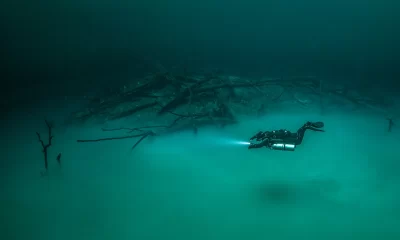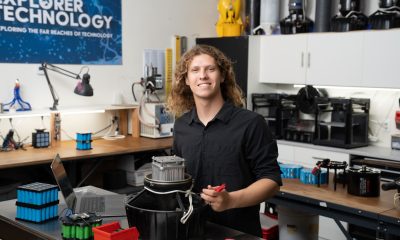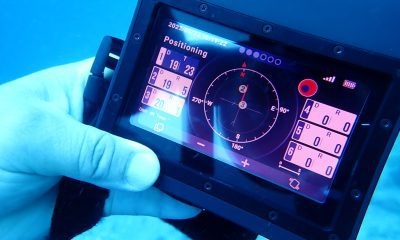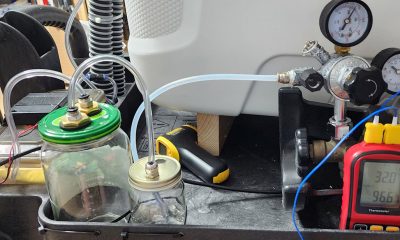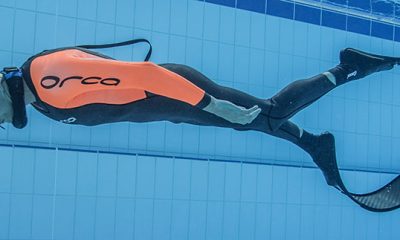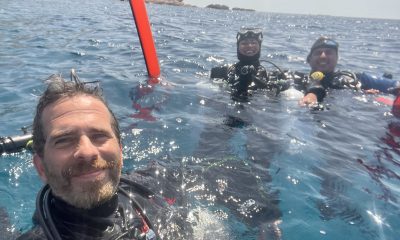Latest Features
Gas Analysis: Protecting Yourself from Carbon Monoxide Poisoning
Gas analysis means more than simply ferreting out the fractions of oxygen and helium in your breathing mix, particularly in remote areas. Temc De-Ox CEO Eugenio Mongelli and DAN Europe founder and president Dr. Alessandro Marroni review the dangers of CO poisoning and what you can do to avoid it.
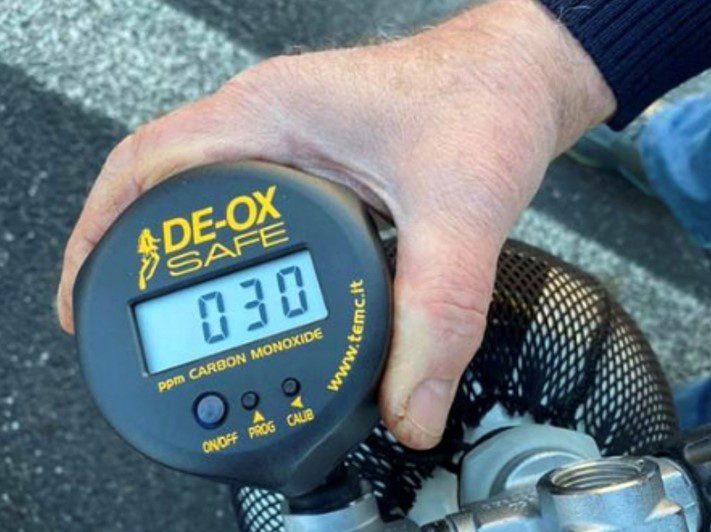
by Eugenio Mongelli and Dr. Alessandro Marroni
Header image: Temc De-Ox Carbon Monoxide analyses showing 30 ppm of CO. Not good! Photo courtesy of Temc.
We recently held a webinar that focused on analyzing your diving gas in order to detect potential carbon monoxide (CO) contamination of breathing gas. The webinar (see below), held on March 18, was supported by various diving agencies and organizations around the world.
It’s obvious that diving activities come with risks, and one liability is the quality of your breathing gas. In the current diving era, synthetic mixes, such as nitrox and trimix—to name just two—are widely available and frequently used. Unfortunately, the presence of poisonous or life-threatening compounds in your diving gas is not as rare as you might think.
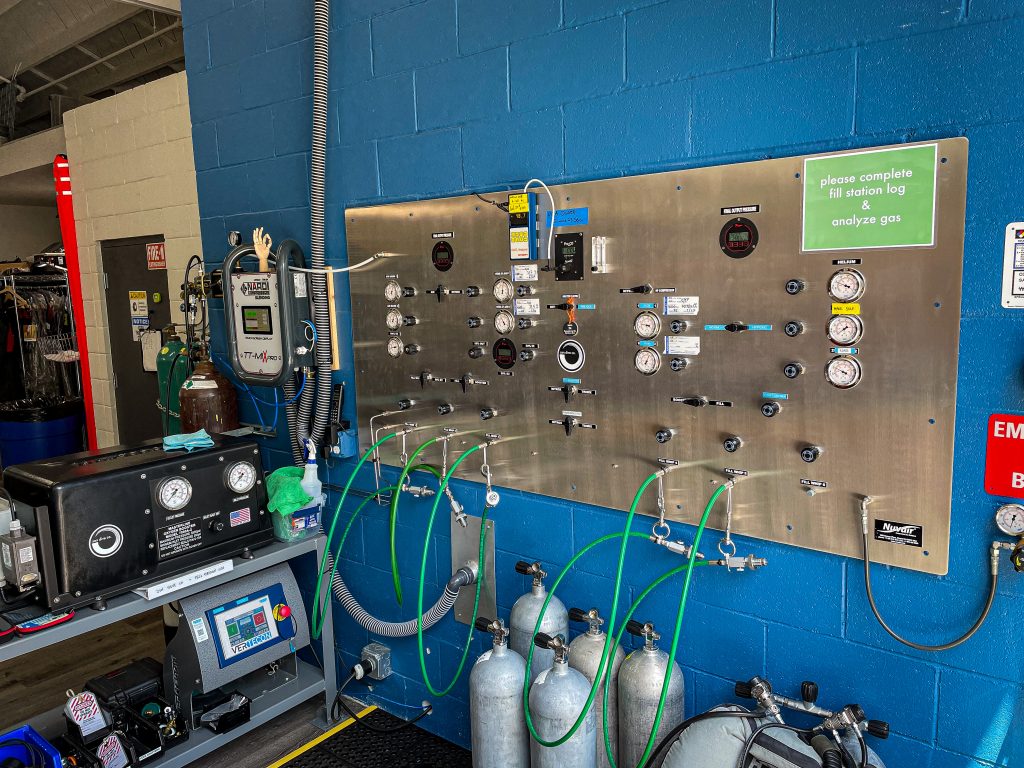
Carbon monoxide (CO), an odorless, and tasteless gas that can build up in dive gas for a variety of reasons, as follows:
- Inefficient combustion of hydrocarbons (which, in turn, produces CO instead of CO2).
- Oil pyrolysis in electrically powered air compressors, which is as a result of the compressor heating the breathing gas to more than 200°C/392°F during its last stage. This can occur if the compressor is not well maintained and or needs service.
- Exhaust from an endothermic engine, found in compressors using fuel or diesel engines.
- Cracking of oil residue in diving cylinders if the gas is not purged and the cylinder is not cleaned after a dive.
- Smoke from cigarettes.
Limits for CO in breathing gas must follow strict standards which have been issued by a variety of organizations and regulatory bodies including the European EN12021 CE standard, the US Navy Diving Manual (rev.7 2016 Point 4-3.1), and the U.S. Compressed Gas Association (CGA) (ANSI/CGA G-7.197). The consensus is that the limit of CO in breathable gas should be 5-10 ppm, or 0.0005%-0.001% concentration, which is an extremely low limit.
Some Medical Facts
Carbon Monoxide Poisoning (COP) is a common medical problem worldwide. When at increased environmental pressure, CO’s ability to dissolve in blood and tissues is enhanced by its increased partial pressure.
COP can remain either completely undetectable or can present with a variety of symptoms: weakness, nausea, vertigo, headache, blurred vision, loss of consciousness, and coma. This list of symptoms is presented in order of frequency as well as the likelihood of exposure to a toxic CO concentration.
CO is 300 times more attracted to hemoglobin than it is to oxygen; so, when hemoglobin accepts oxygen atoms from CO, O2 is repelled, causing hemoglobin cells to suffer from lack of oxygen (cellular hypoxia). This process can affect every organ with long-term acute and chronic effects, including psychological disturbances. The cure is restoring hemoglobin’s affinity for oxygen with prompt and generous doses, displacing the unwanted CO molecules from blood, cells, and organs.
Even if CO is expelled when exposure is over and normal air breathing resumes, the displacement process is slow, and hypoxic damage is still likely. Treatment with 100% O2 at 1 ATA will greatly accelerate the CO displacement process. Significantly quicker washout is obtained using Hyperbaric Oxygen administration (HBO), a treatment that exposes patients to high concentrations of oxygen at higher than 1 ATA. The following half-life figures make it clear just how effective HBO treatment is in expelling CO:
- CO half-life: 300 minutes
- CO half-life in air at 1 ATM: 90 minutes
- CO half-life in 100% O2 at 1 ATA: 35 minutes
- CO half-life in 100% O2 at 2.5 ATA: 22 minutes.
We generally learn (or we should have been taught) about COP during our first open water course, and divers should take note of it.
Over the last 15 years, CO analyzers designed for diving applications have not been available. The existing analyzers on the market were costly, not portable, required extensive calibration and setting adjustments, and did not have the proper sensitivity. The only way to measure CO was to use chemical tubes, which required extensive operator expertise and expensive devices. Without the appropriate technology, CO accidents happened.

As a result, my company TEMC DE-OX began developing its own CO analyzer with the specific goals of simplicity (of use and maintenance), mobility, battery power, and affordable price. In 2008, we released the DE-OX SAFE analyzer, which not only met, but exceeded, our product goals.
I dive around the world, and I always bring my own unit with me. I check the air quality at diving centers, and always ask the owner’s permission to perform the test. What I’ve found is that it’s not uncommon to find the presence of CO, but even if the concentration is within a safe limit, it’s enough to alert staff that something may have gone wrong during the filling process.
Dive shop owners are generally incredulous, and they tend to blame the analyzer at first but, once they understand that something could have gone wrong, they want to know what to do to prevent that from happening. I alert them to the risks of running an unserviced compressor and to the possibilities of filter, oil, or air intake malfunctions, along with the causes listed above. After all, ignoring your gas quality could come with a price you don’t want to pay.
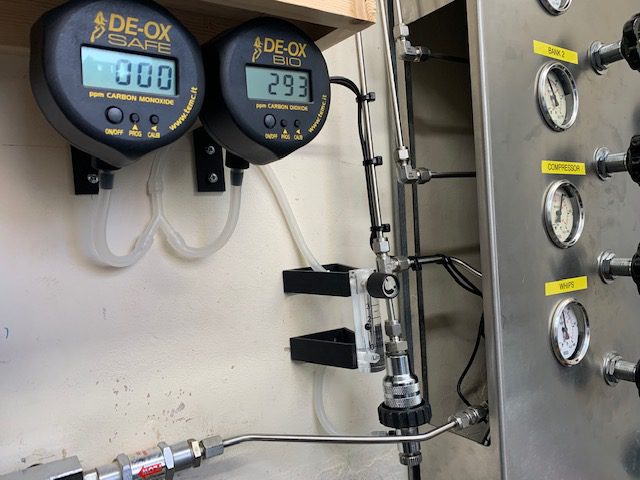
The worst possible scenario is when dive shop owners understand, but because their shop hasn’t caused any (reported) accidents, they aren’t convinced there is a need. Unfortunately, ignoring your gas quality comes at a price no one wants to pay.
I was contacted some years ago by our Russian distributor who affirmed the value of his CO integrated trimix analyzer. He reported that he had filled some rebreather cylinders using a gas booster to be used for a dive at 150 m/492 ft. But, during analysis, he had found the trimix contained 150ppm CO because the helium cylinder that was used had contained a soldering mix likely with argon, and the old mix hadn’t been thoroughly drained before being refilled with helium. The distributor now highly encourages divers to conduct a gas analysis before every dive.
Also, some Maldives friends of mine reported that they had detected over 50ppm of CO in their tanks, likely due to the exhaust from their liveaboard compressor’s fuel engine. The wind had changed direction during filling, directing the CO into the tanks. Luckily, the analyzer alerted the divers when it detected the high concentration.
Now, on every dive, wherever you are, please take care of yourself and analyze your gas. The life you save could be your own.
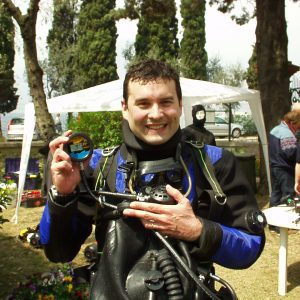
Eugenio Mongelli was born in Rome, Italy, in 1965, and has been deeply attracted to the sea, diving, and scuba gear technology since childhood. Having learned to scuba dive in 1982, he first dived a closed oxygen rebreather in 1984 and then began using electronic closed-circuit rebreathers from the mid-1990s. Mongelli became a diving instructor in 1991 and is currently a free diving and scuba diving master instructor, and a rebreather and trimix instructor with FIPSAS, CMAS and TDI.
Mongelli was happily surprised to discover aquaCORPS magazine in the early ‘90s, which opened his mind to new horizons in diving that have become his life path. A doctor in management engineering and a former naval officer, he founded the TEMC DE-OX company in 1996 with the intent of providing digital gas analyzers specifically designed for both sport divers as well as the military and commercial diving communities. Since then, he closely follows the development of technical diving in all aspects of training, learning, designing new gear, and has been an active part of the global diving community.

Prof. Alessandro Marroni, MD, MSc, FUHM, FECB (aka “Doc”) is the founder and President of DAN Europe. He is a diving and hyperbaric physician and researcher, specializing in Occupational Medicine, Anesthesiology, and Intensive Care. A passionate diver since his early years, he learnt scuba at the age of 13 and has been an active Instructor since 1966. Author of over 250 scientific papers and publications, he is particularly active in underwater medicine research, with special interest in the prevention of barotrauma and dysbaric illnesses in diving, and in the development of advanced techniques for remote diver’s physiological monitoring and of bidirectional diving telemedicine. He serves as Vice President of the European Committee for Hyperbaric Medicine (ECHM), President of the European Foundation for the Education in Baromedicine, Secretary General of the European College of Baromedicine, and the past President of the International Academy of Underwater Sciences and Techniques, the International Congress on Hyperbaric Medicine, and the European Underwater and Baromedical Society.



















